Athens, the cradle of Western civilization, captivates visitors with its remarkable blend of ancient wonders and vibrant modern culture. The Greek capital holds over 3,000 years of history within its labyrinthine streets, offering travelers a unique journey through time.
Here are 17 essential sights that showcase the best this historic city has to offer, from iconic monuments to charming neighborhoods.
The Acropolis
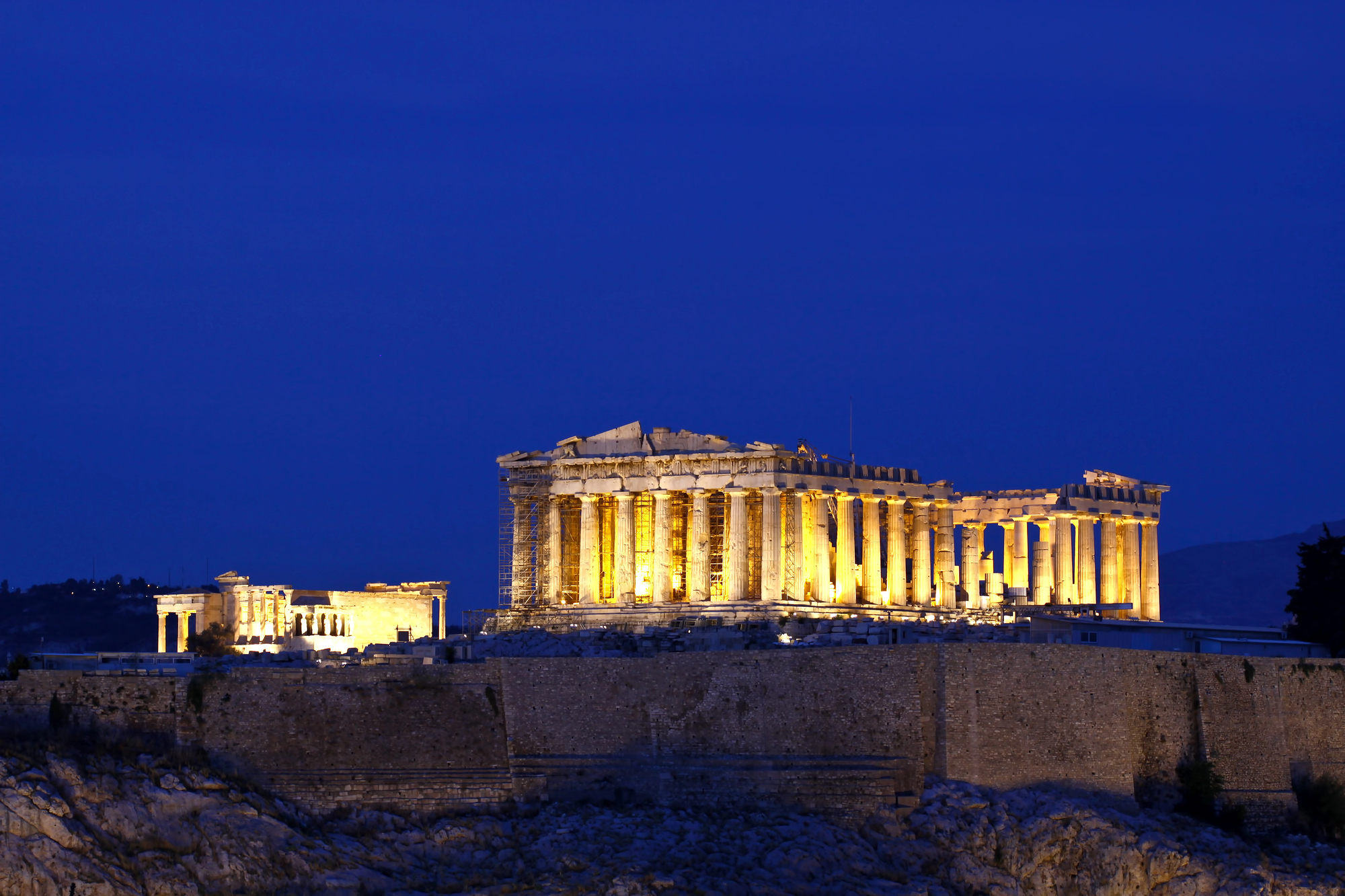
Perched majestically on a rocky outcrop above the city, the Acropolis stands as the ultimate symbol of Classical Greece and the birthplace of democracy. This ancient citadel has survived natural disasters, foreign invasions, and centuries of weathering to remain Athens’ defining landmark.
The site has been continuously inhabited since prehistoric times, serving various purposes from royal residence to religious center, showcasing humanity’s enduring connection to this sacred hill.
The Parthenon
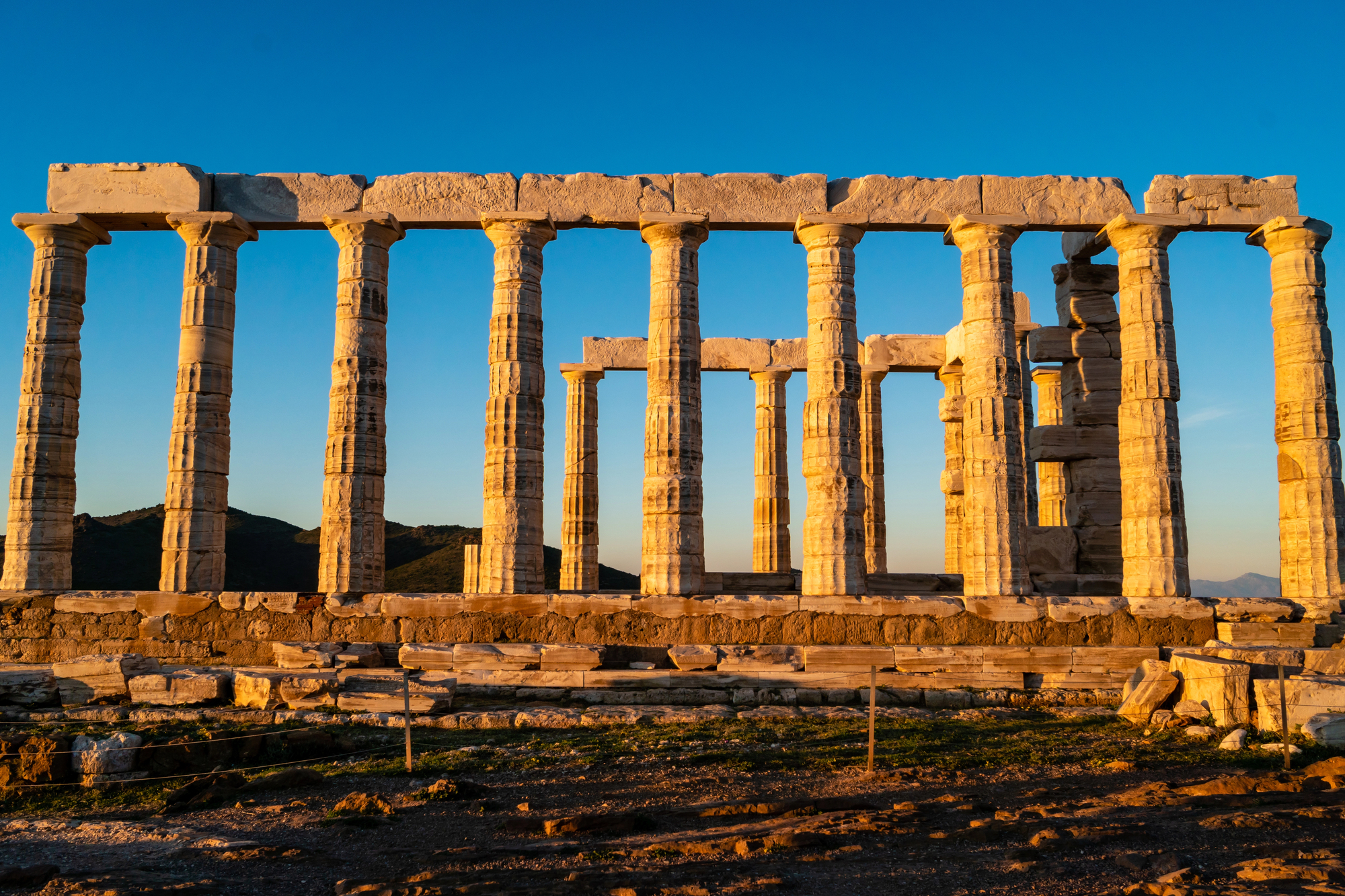
Crowning the Acropolis, the Parthenon represents the pinnacle of ancient Greek architectural achievement with its perfect proportions and innovative techniques. Built between 447-432 BCE during the Golden Age of Pericles, this Doric temple dedicated to Athena embodies the wealth, power, and sophistication of ancient Athens.
Despite suffering damage throughout history, including being used as a church, mosque, and even ammunition storage, its enduring presence continues to inspire awe in all who gaze upon its magnificent marble columns.
Acropolis Museum
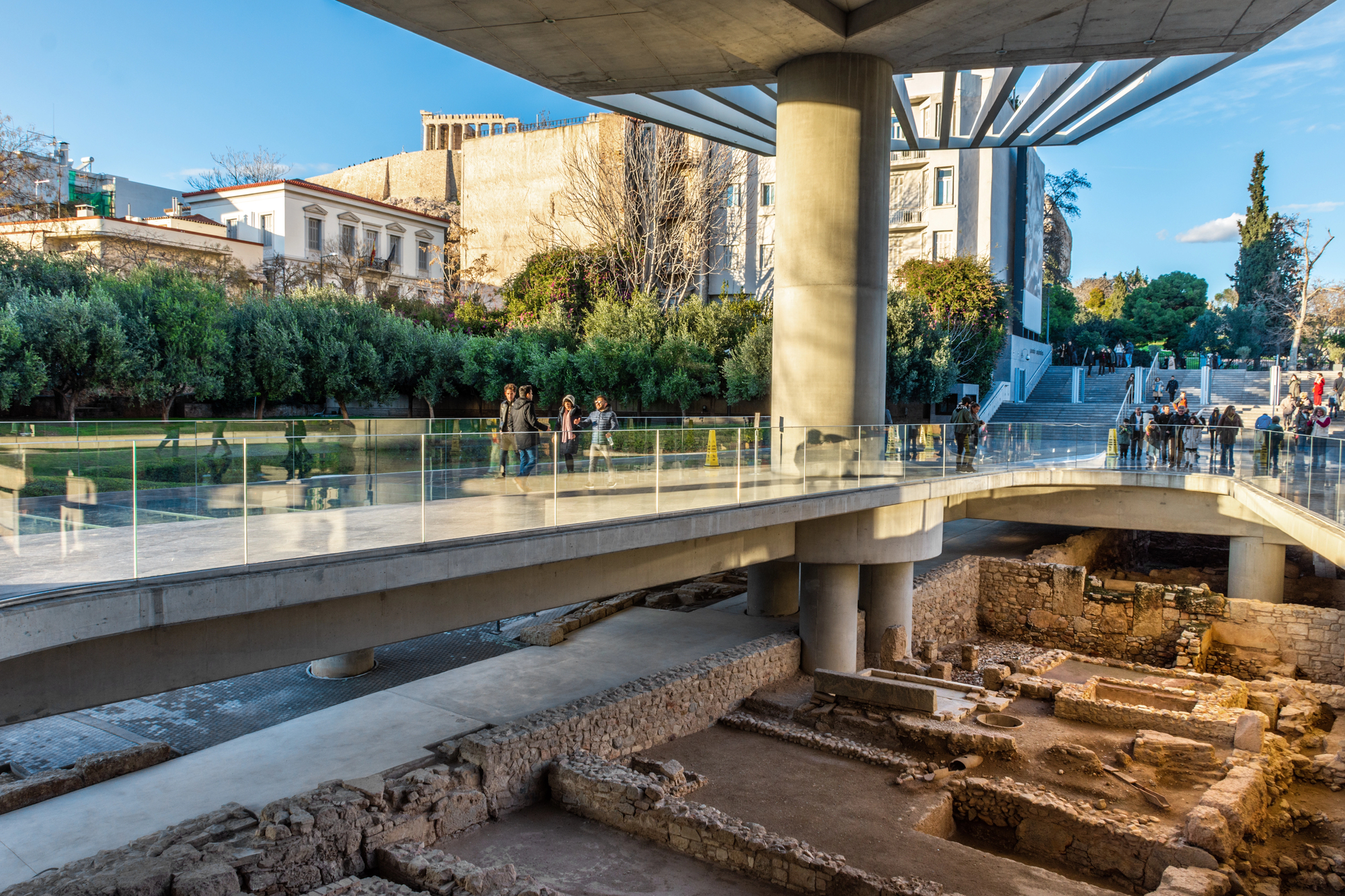
Located at the foot of the sacred rock, this stunning modern museum houses the treasures recovered from the Acropolis in a space designed to reflect the mathematical precision of ancient temples. The museum’s glass floors reveal archaeological excavations beneath, while the top floor Parthenon Gallery aligns perfectly with the temple visible through panoramic windows.
Interactive exhibits and thoughtfully displayed artifacts help visitors understand the historical and artistic significance of these ancient treasures in their original context.
Like Travel Pug’s content? Follow us on MSN.
Ancient Agora
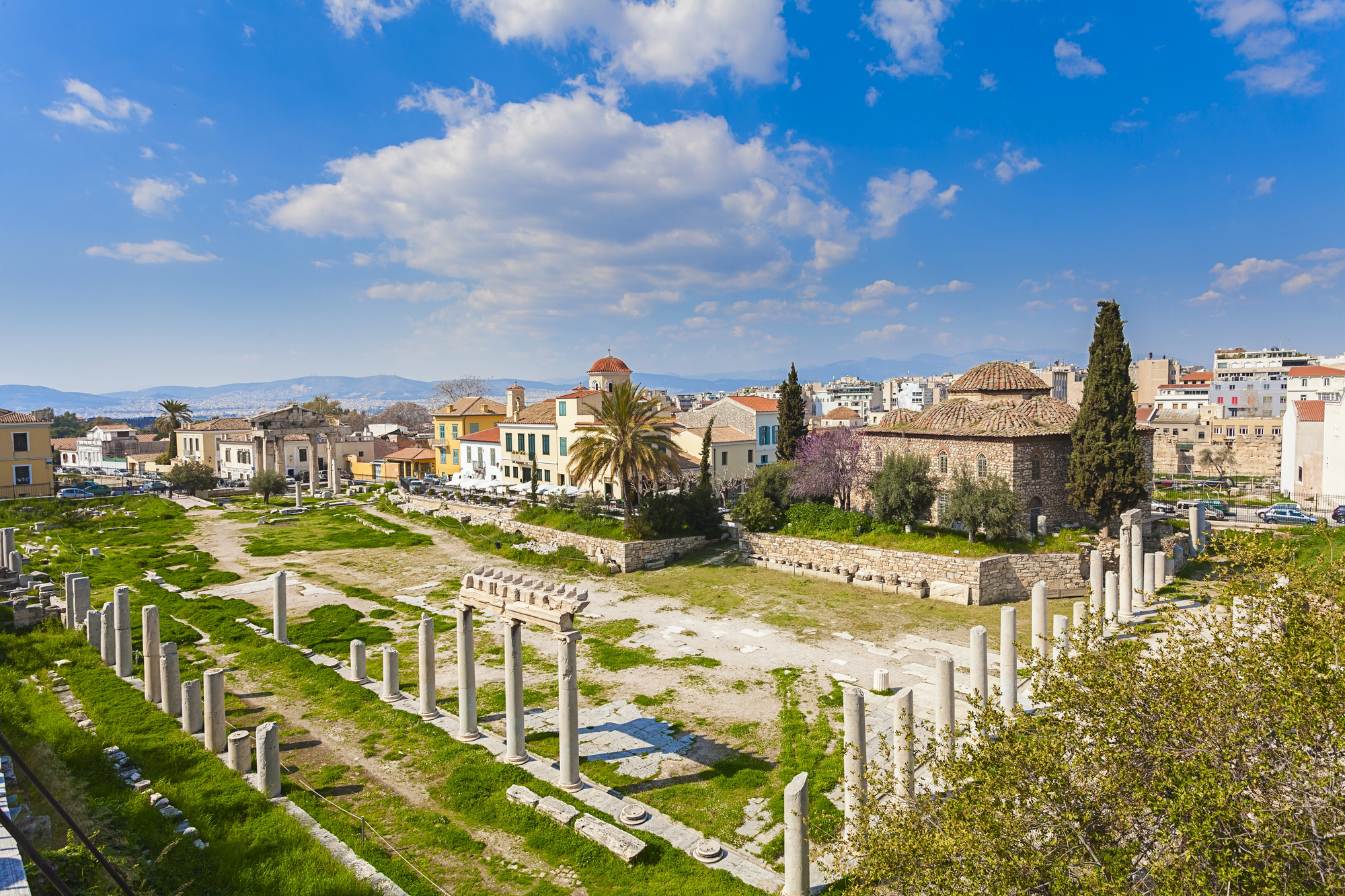
Once the commercial, political, and social heart of ancient Athens, the Agora offers visitors a glimpse into the everyday life of the city that birthed democracy. Philosophers like Socrates once walked these grounds, engaging citizens in debates that would shape Western thought for millennia.
The remarkably preserved Temple of Hephaestus dominates the site, while the reconstructed Stoa of Attalos houses a museum filled with artifacts that illuminate daily life in classical Athens.
Temple of Olympian Zeus
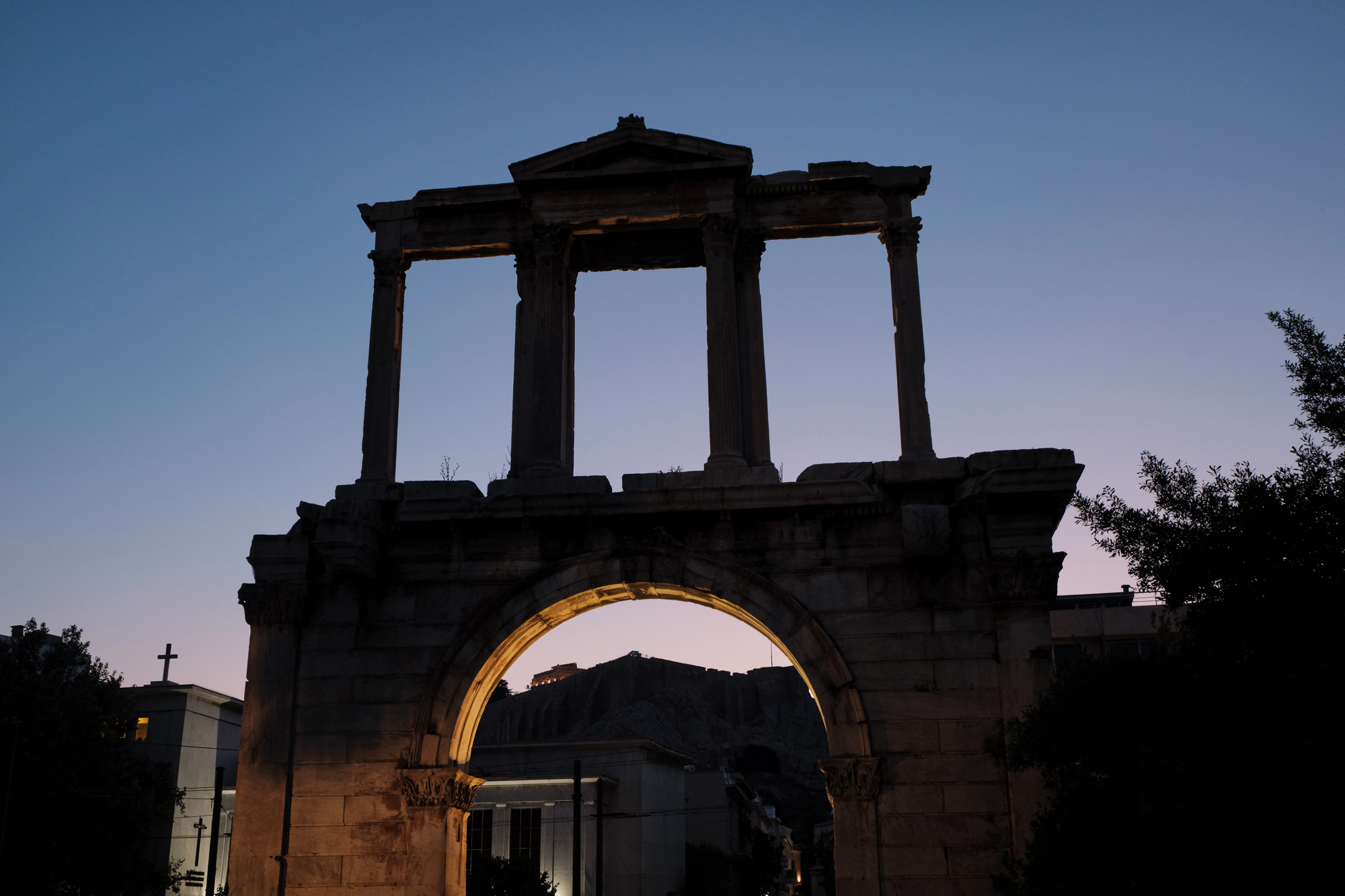
Though only a fraction remains standing today, the colossal columns of this temple hint at its former magnificence as one of the largest temples in the ancient world. Construction began in the 6th century BCE but wasn’t completed until some 638 years later under Roman Emperor Hadrian.
The temple’s scale reflected the importance of Zeus as king of the Olympian gods, with its massive footprint and towering columns creating an appropriately awe-inspiring monument to divine power.
National Archaeological Museum
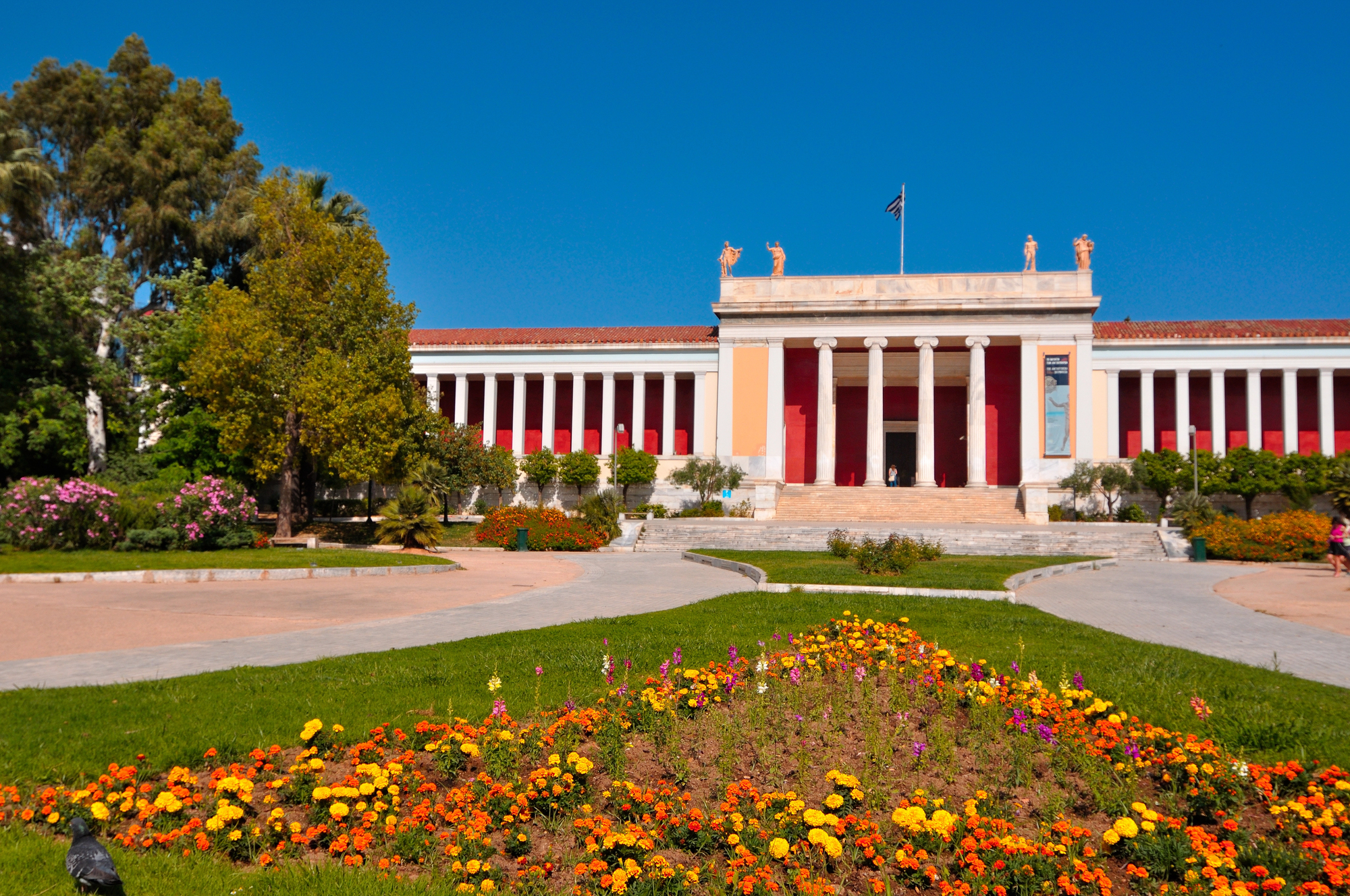
Housing the world’s most comprehensive collection of Greek antiquities, this museum offers an unparalleled journey through the development of Greek art and culture. From prehistoric figurines to exquisite Mycenaean gold work and masterpieces of classical sculpture, the collections span thousands of years of Greek history.
The museum’s treasures include the gold funeral mask known as ‘Agamemnon’s Mask,’ the bronze statue of Poseidon, and countless other artifacts that have shaped our understanding of ancient Greek civilization.
Like Travel Pug’s content? Follow us on MSN.
Plaka Neighborhood
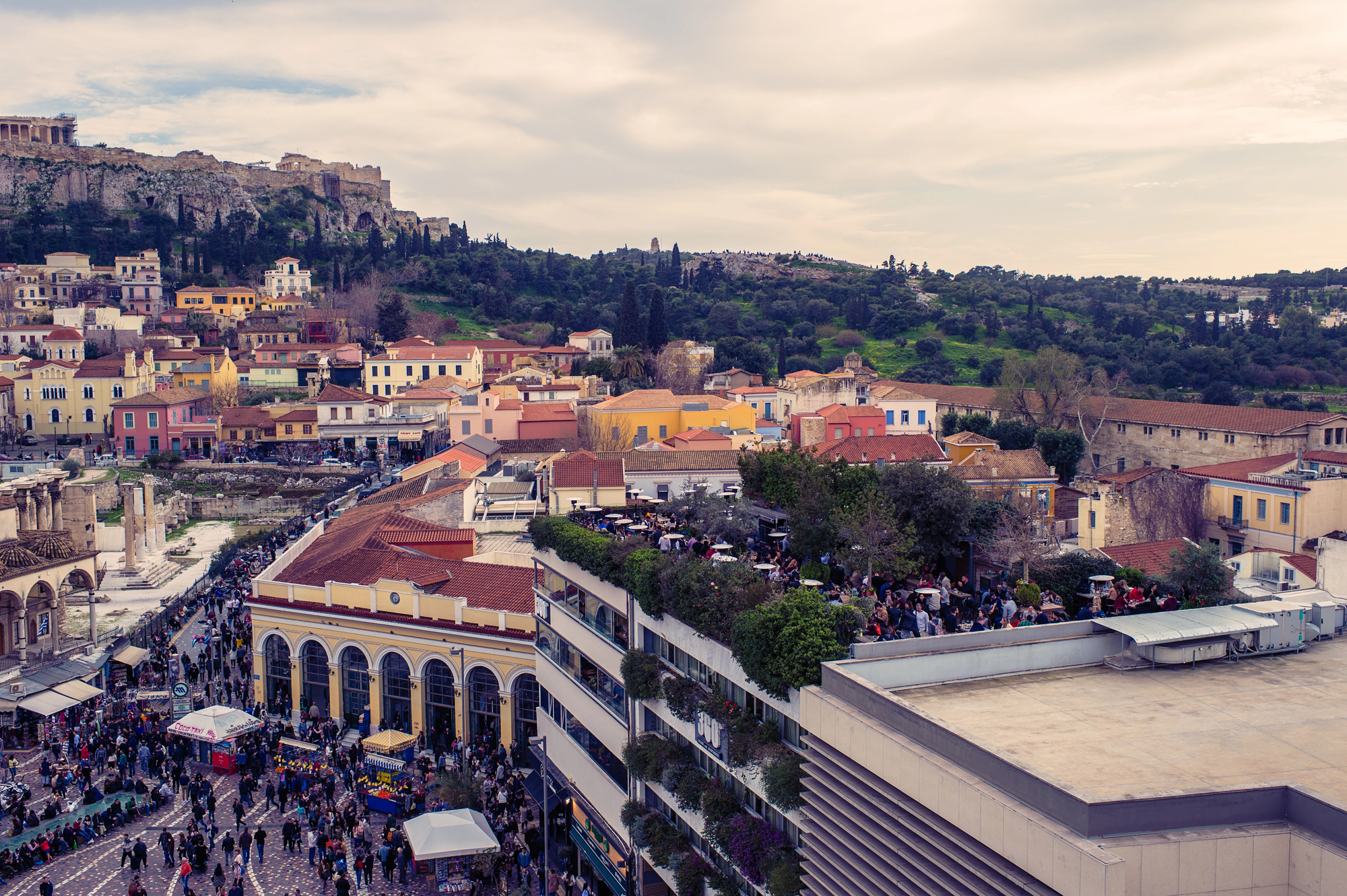
Often called the ‘Neighborhood of the Gods’ due to its position on the northeastern slope of the Acropolis, Plaka charms visitors with its narrow winding streets and neoclassical architecture. This oldest district of Athens features labyrinthine alleys filled with shops, tavernas, and beautiful flowers cascading from balconies.
Built directly on top of the residential areas of ancient Athens, Plaka seamlessly blends historical layers from different eras, creating a living museum where visitors can experience both ancient and modern Greek culture.
Monastiraki Square and Flea Market

This bustling heart of old Athens pulses with energy as locals and tourists browse through shops selling everything from antiques to handmade sandals and tourist souvenirs. The square itself features landmarks spanning different historical periods, including the 10th-century Church of the Pantanassa, remains of Hadrian’s Library, and the restored Tzistarakis Mosque.
On Sundays, the flea market expands into a sprawling bazaar where treasure hunters can search for unique finds amid the lively atmosphere.
Syntagma Square
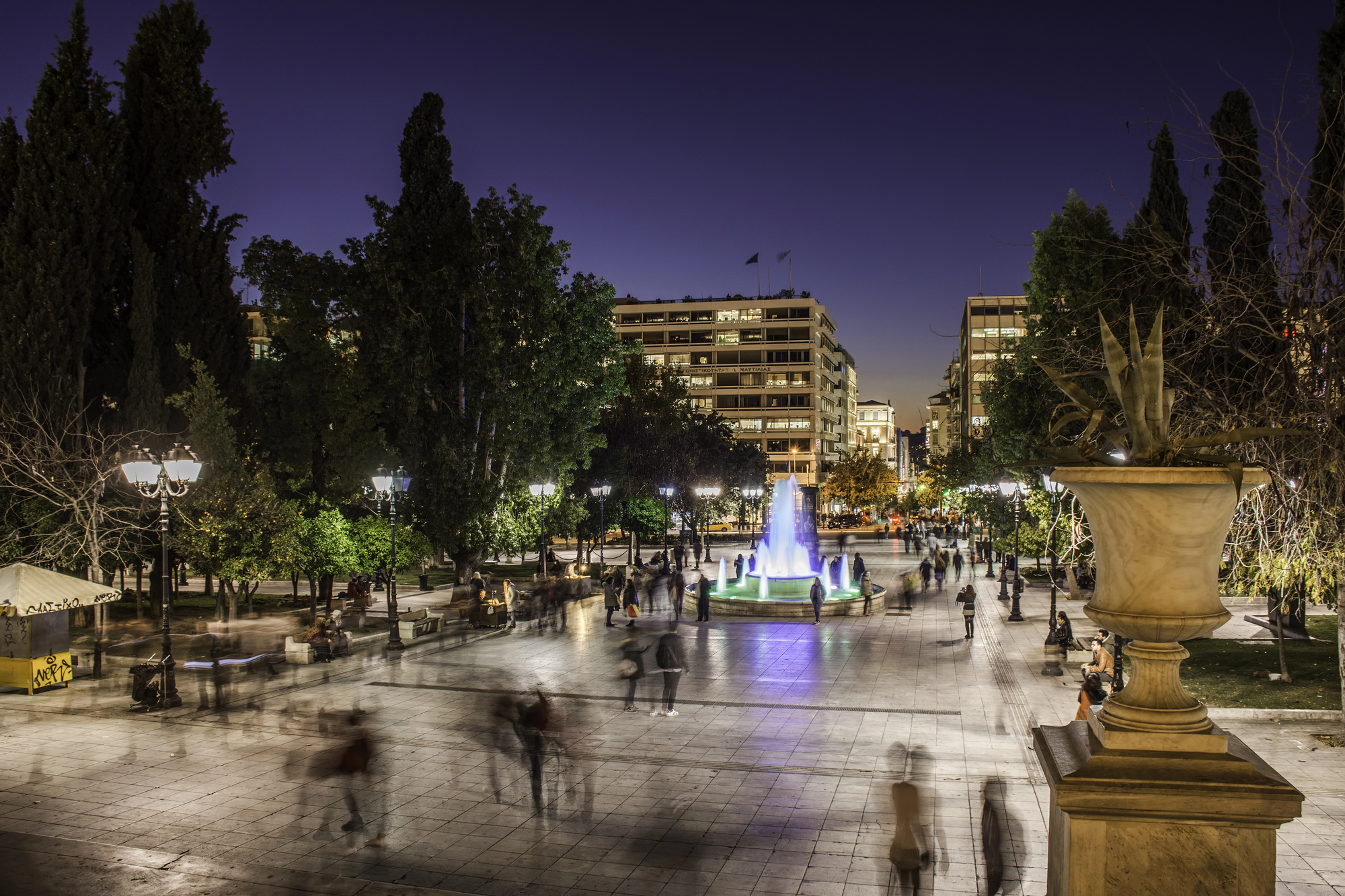
The central square of modern Athens serves as both a transportation hub and the political heart of Greece, fronting the impressive Hellenic Parliament building. The square’s focal point is the Tomb of the Unknown Soldier, guarded by the distinctive Evzones in their traditional uniforms, with a changing of the guard ceremony that draws crowds hourly.
The square has witnessed many significant historical events and continues to be a gathering place for both celebrations and protests in contemporary Greek society.
Like Travel Pug’s content? Follow us on MSN.
Mount Lycabettus
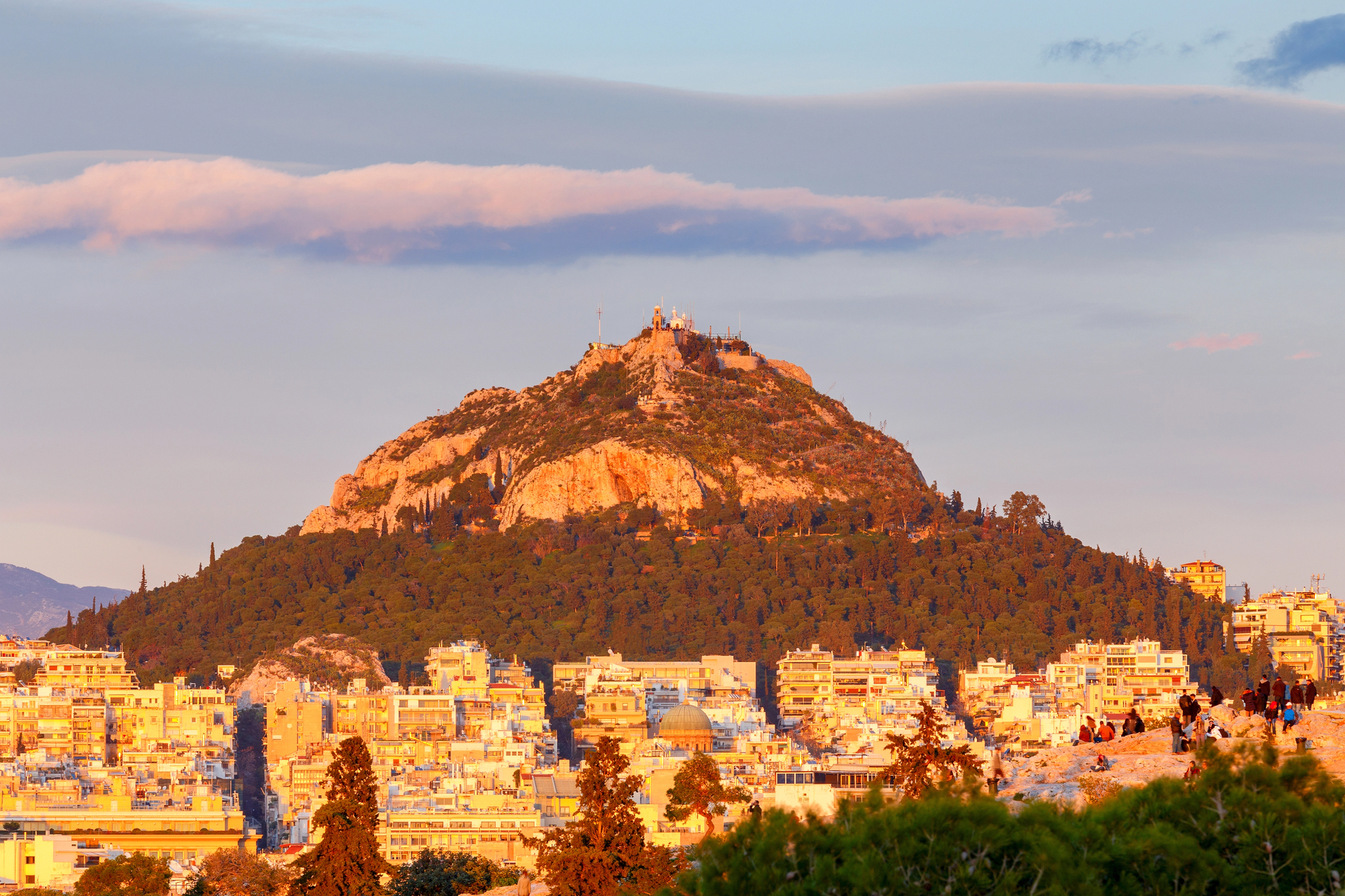
Rising 908 feet above sea level, this prominent limestone hill offers the most spectacular panoramic views of Athens stretching all the way to the sea. Visitors can reach the summit by taking a scenic funicular railway or hiking up winding paths through pine-scented slopes.
The reward at the top includes not only breathtaking vistas of the entire city but also the charming white chapel of St. George, a popular spot for watching the sun set over the ancient metropolis.
Panathenaic Stadium
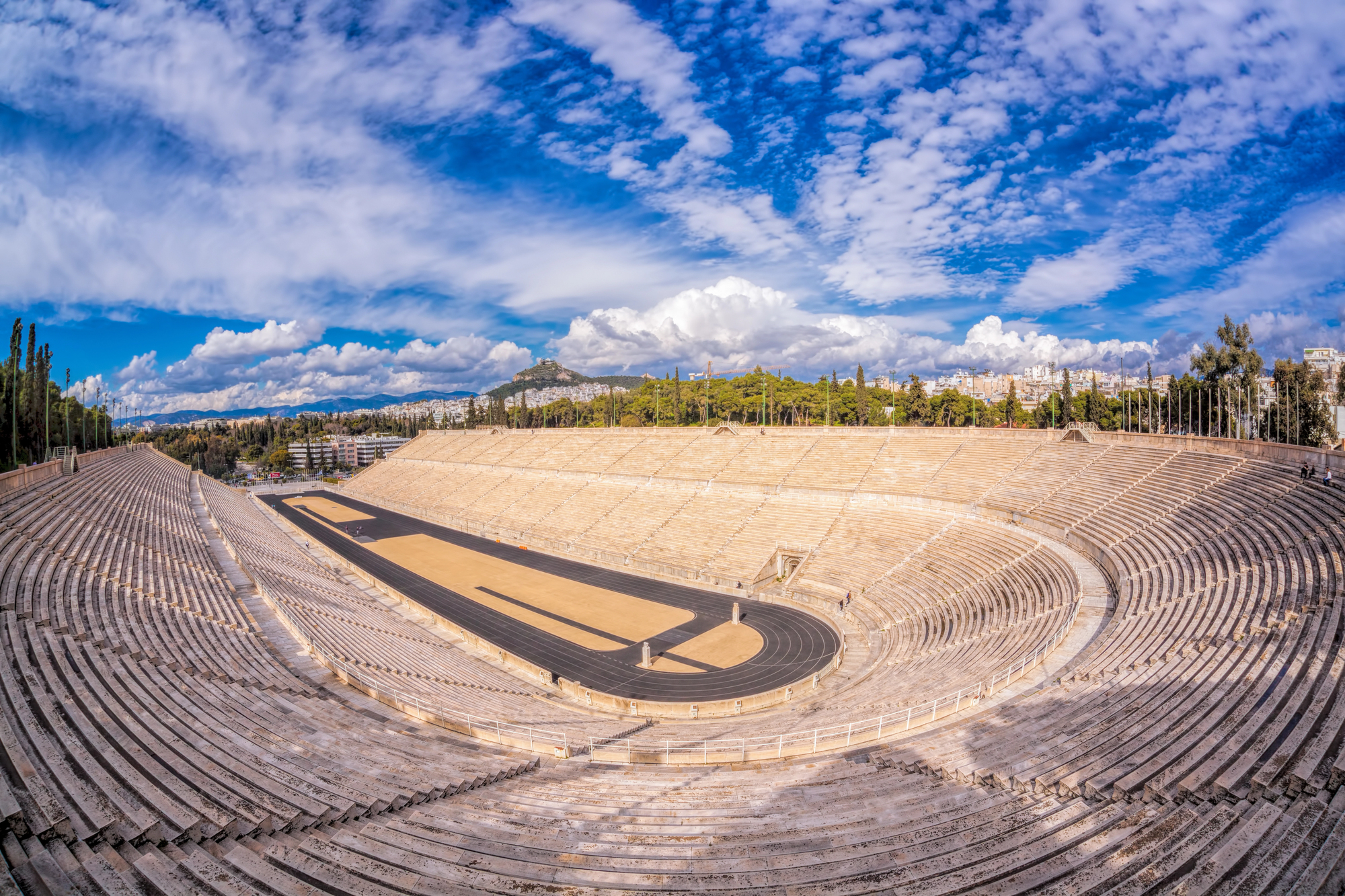
The only stadium in the world built entirely of marble, this impressive structure hosted the first modern Olympic Games in 1896, creating a powerful link between ancient athletic traditions and the modern Olympic movement. Originally constructed in the 4th century BCE for the Panathenaic Games, it was rebuilt in marble by Herodes Atticus in 144 CE and could seat 50,000 spectators.
Today, visitors can run on the same track where modern Olympic history began and imagine the roar of ancient crowds.
Benaki Museum
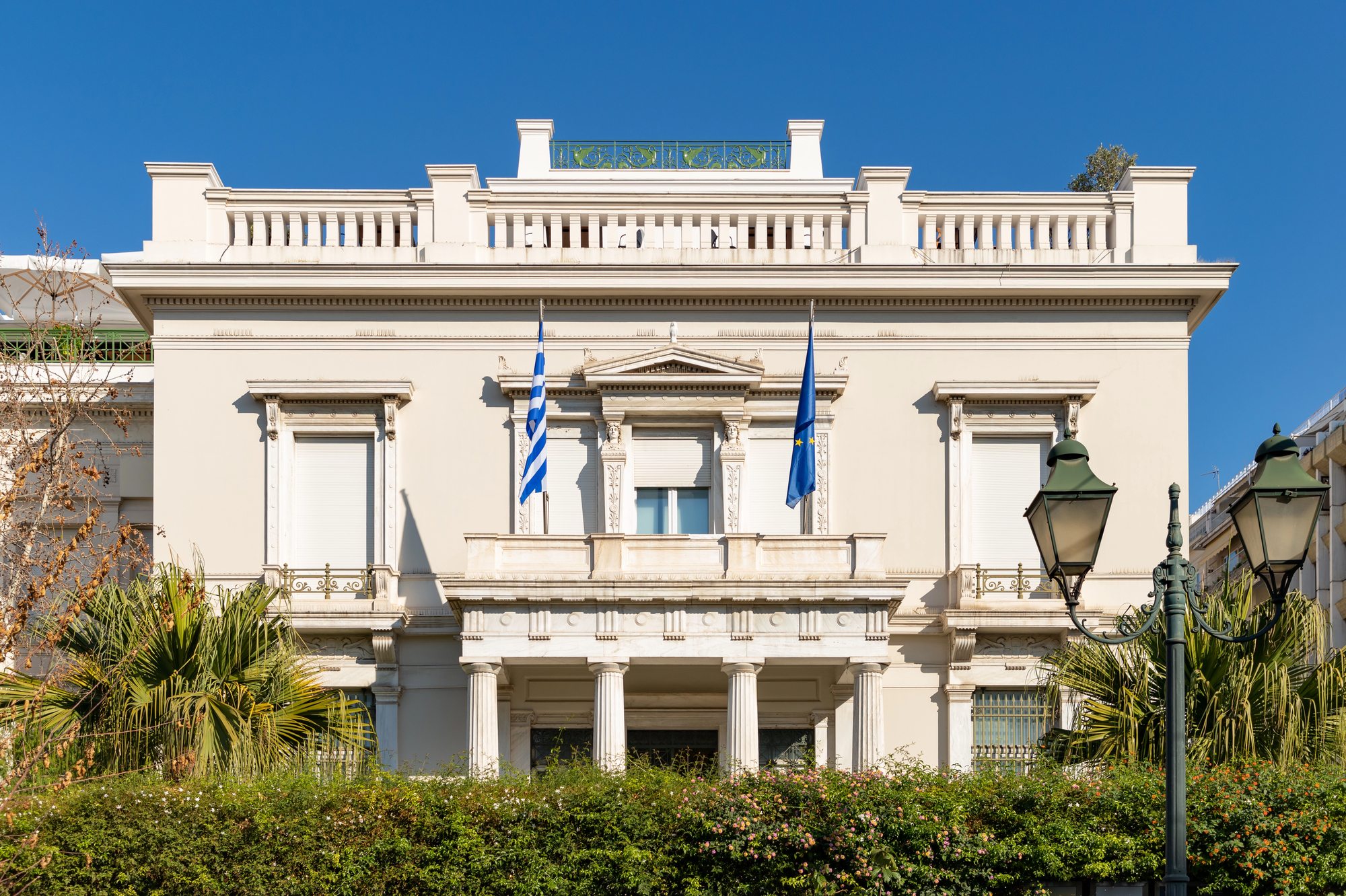
Housed in a neoclassical mansion, this museum offers a comprehensive journey through Greek history from prehistoric times to the formation of the modern Greek state. Unlike archaeological museums focusing solely on antiquity, the Benaki presents a complete cultural narrative through its diverse collections, including Byzantine icons, traditional costumes, historical documents, and paintings by modern Greek artists.
The museum’s thoughtful curation helps visitors understand the continuous thread of Greek cultural identity through the centuries.
Like Travel Pug’s content? Follow us on MSN.
Temple of Poseidon at Cape Sounion
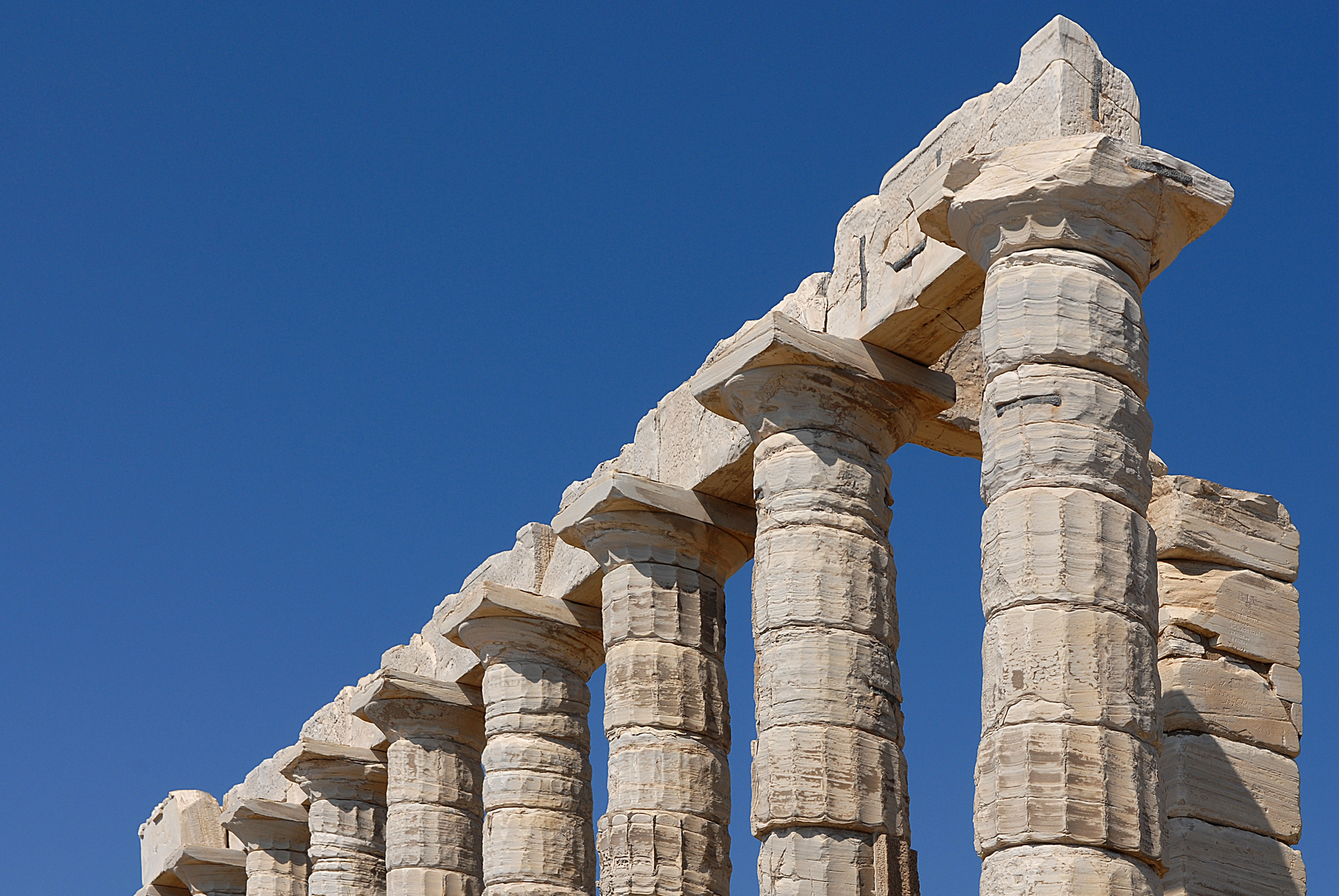
Though technically outside Athens proper, this magnificent temple perched on the southernmost tip of the Attica peninsula makes for a perfect day trip from the city. Set dramatically against the deep blue Aegean Sea, the marble temple was built in 444 BCE to honor Poseidon, god of the ocean.
The spectacular coastal setting creates one of Greece’s most magical sunset experiences, as golden light bathes the ancient columns while waves crash against the cliffs 200 feet below.
Byzantine and Christian Museum
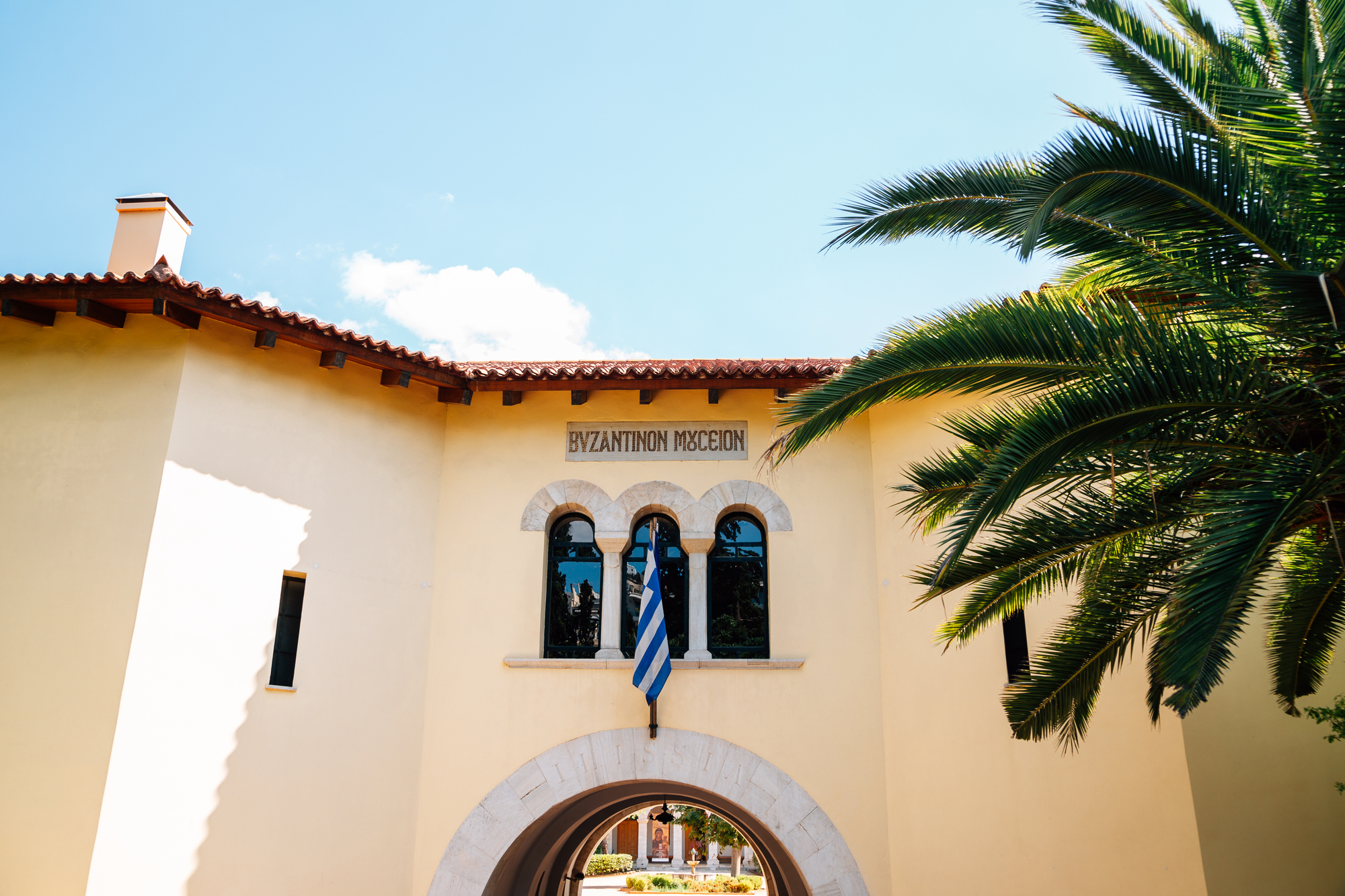
This important cultural institution houses over 25,000 artifacts dating from the 3rd century AD to the late medieval period, showcasing the rich artistic tradition that flourished during the Byzantine Empire. Impressive icons, manuscripts, frescoes, mosaics, and religious artifacts illustrate how Greek culture evolved through the Christian era.
The museum’s thoughtful displays reveal the extraordinary artistic achievements of Byzantine artisans and the continuing influence of this heritage on modern Greek identity.
The Changing of the Guard
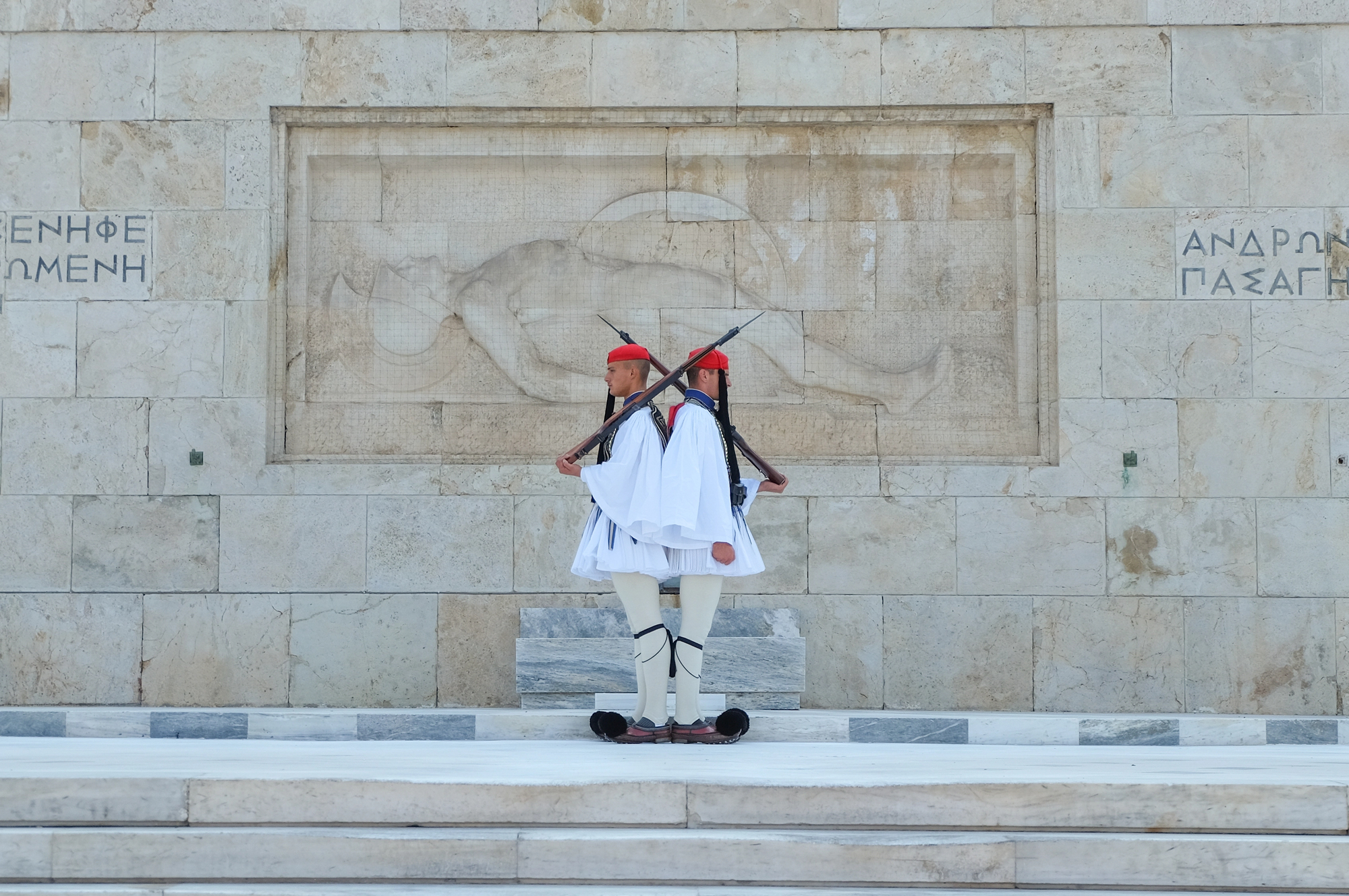
The ceremonial changing of the Presidential Guard in front of the Hellenic Parliament offers visitors a captivating display of precision and tradition. The Evzones, an elite unit of the Greek army, perform their duties in distinctive uniforms inspired by the klephts who fought against Ottoman rule, including their iconic pleated fustanella skirts and pom-pom adorned shoes.
Their slow, highly stylized movements during the hourly changing ceremony pay homage to Greece’s hard-won independence.
Like Travel Pug’s content? Follow us on MSN.
Odeon of Herodes Atticus
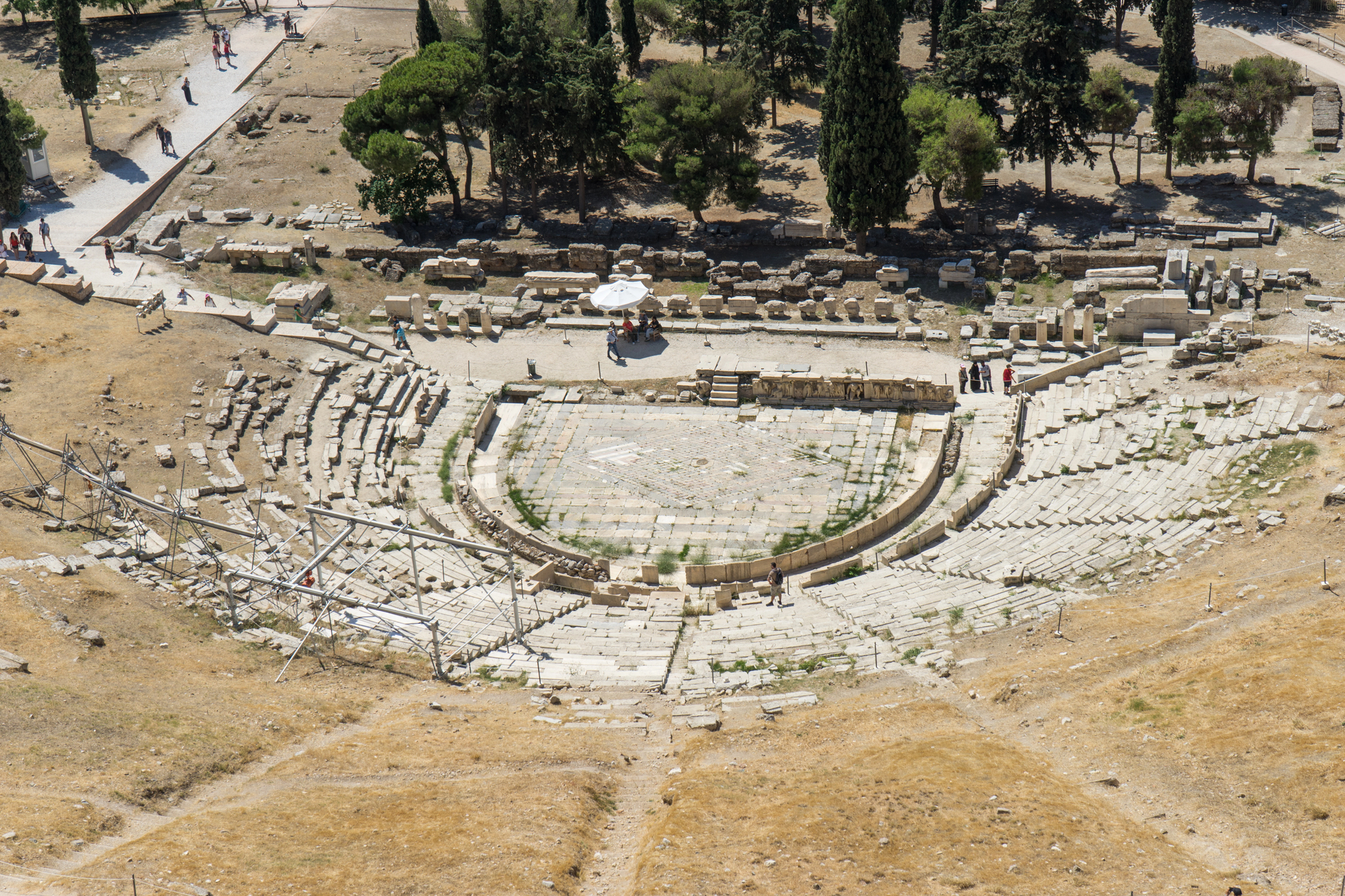
This remarkably preserved Roman theater, built in 161 AD, still hosts performances under the stars, creating magical evenings where contemporary audiences experience live entertainment in the same space as audiences did nearly two millennia ago. Built by wealthy Roman consul Herodes Atticus in memory of his wife, the stone and marble structure was designed with near-perfect acoustics that continue to impress today.
The backdrop of the illuminated Acropolis creates an unforgettable setting for summer performances during the Athens Festival.
Anafiotika
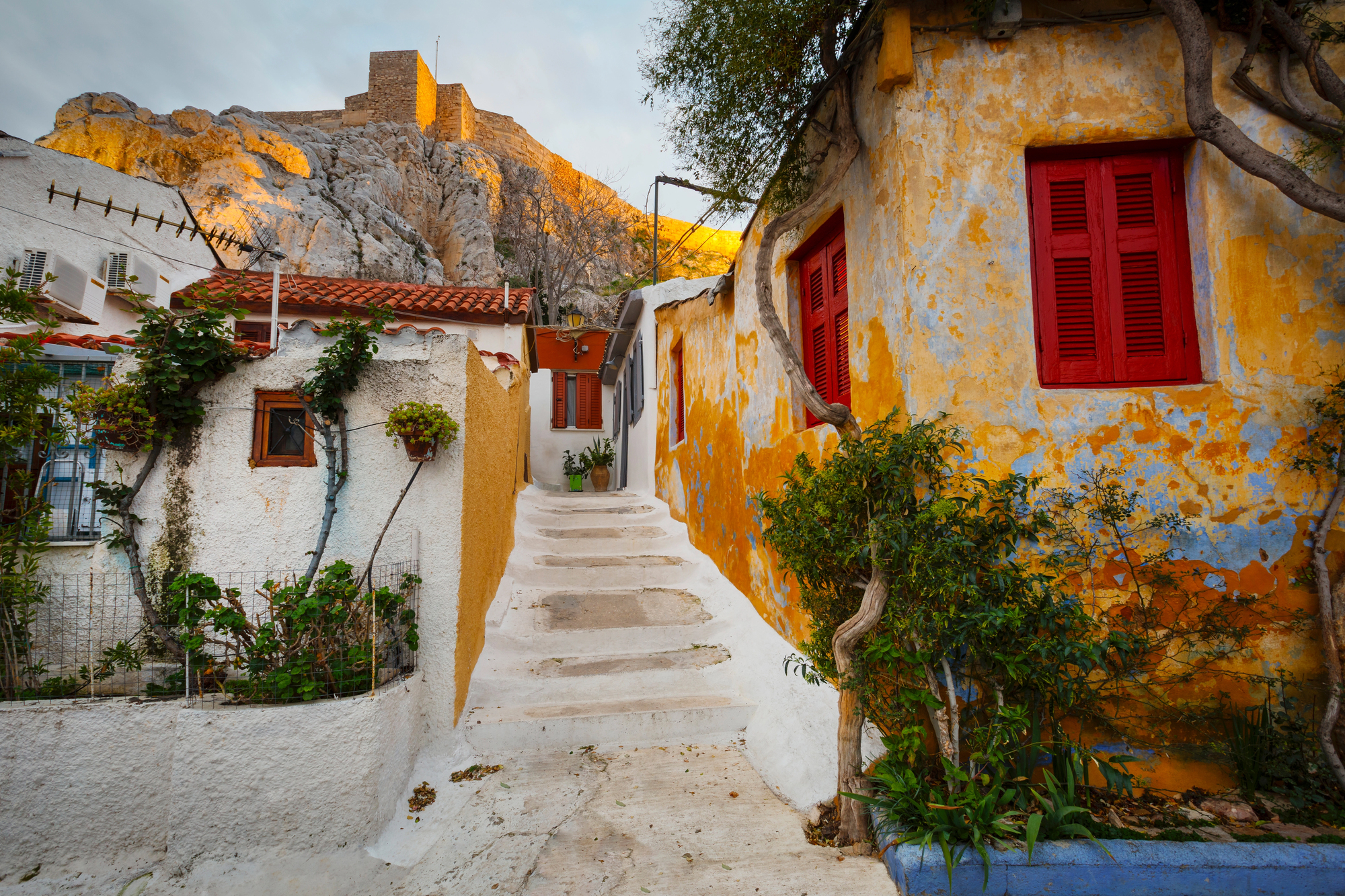
Hidden on the northeastern slope of the Acropolis hill lies this tiny, picture-perfect neighborhood that seems transported directly from a Greek island. Built by artisans from the Cycladic island of Anafi who came to work on King Otto’s palace in the 1840s, the area features whitewashed cubic houses with blue doors, flowering bougainvillea, and narrow winding paths reminiscent of their island homes.
This charming enclave offers a peaceful retreat from the urban bustle and surprising views of the city below.
Timeless Gateway
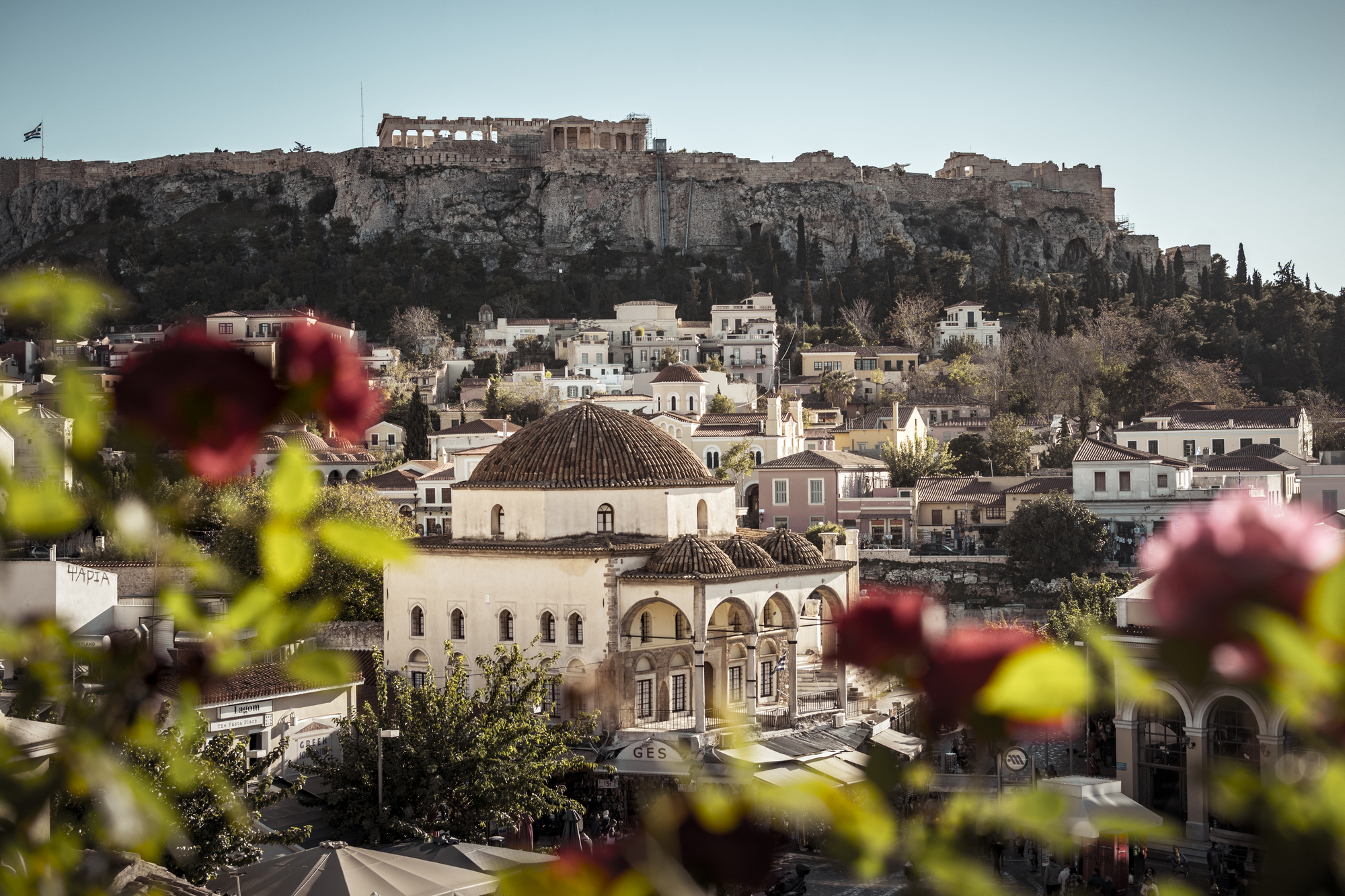
Athens stands as a living testament to human achievement, where ancient monuments share the landscape with vibrant modern neighborhoods. This remarkable city invites visitors to walk in the footsteps of philosophers, artists, and ordinary citizens across millennia of continuous habitation.
From the magnificent Acropolis to hidden gems like Anafiotika, Athens rewards explorers with layers of history, culture, and unexpected beauty at every turn. The city’s ability to reinvent itself while honoring its extraordinary past makes it not just a destination but a profound journey through the foundations of Western civilization.
More from Travel Pug

- Cities Growing so Fast You Won’t Recognize Them in 10 Years
- 13 Destinations Where Tourists Regularly Regret Their Trip
- 16 U.S. Cities That Are Quietly Becoming Travel Hotspots
- Where to Travel If You Love Long Bus Rides and Daydreams
- 20 Cities Perfect for Solo Travelers Who Crave Adventure & Culture
Like Travel Pug’s content? Follow us on MSN.
